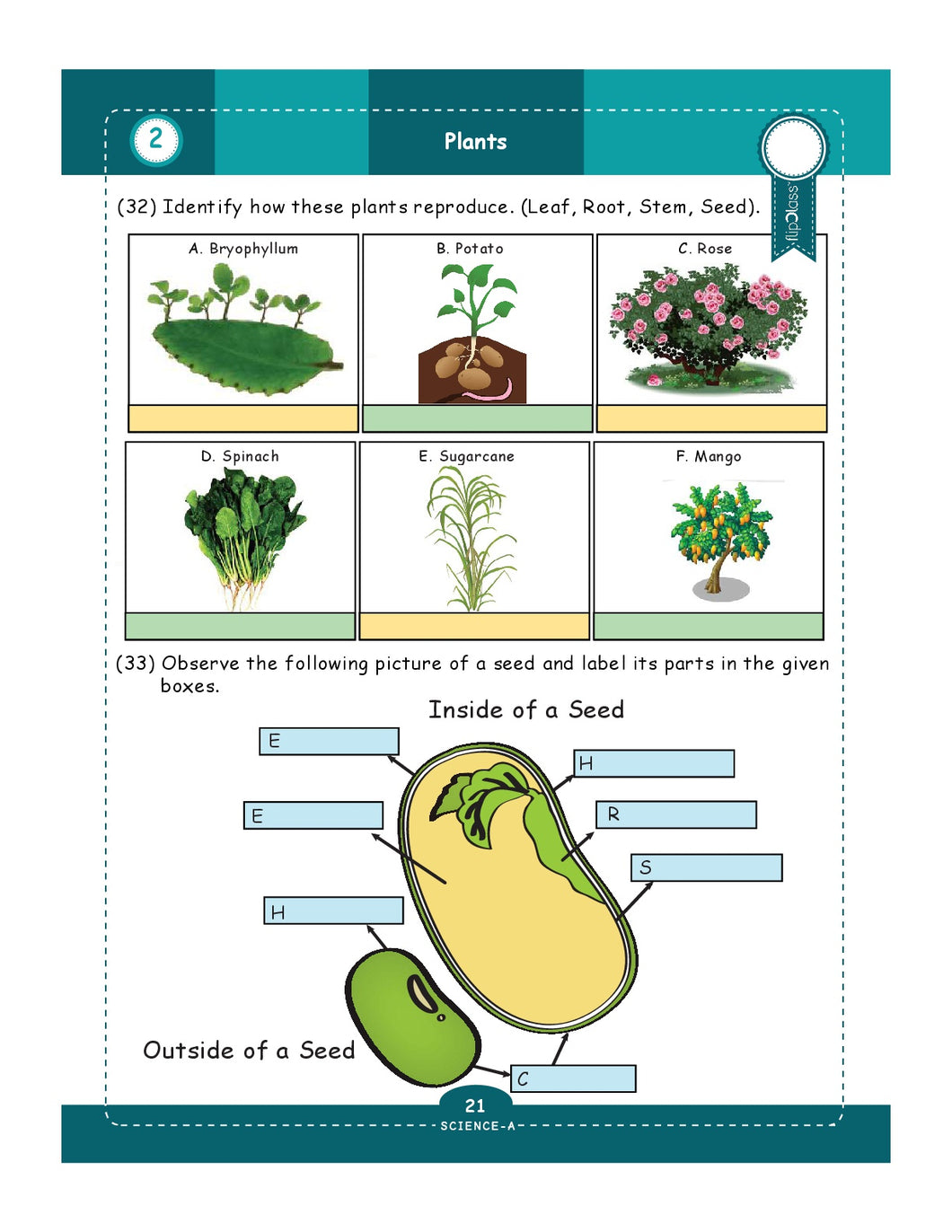- Mathematics Questions For Grade 5
- Grade 5 Mathematics Book
- Grade 5 Mathematicsmr. P's Classroom Lesson
- Grade 5 Mathematicsmr. P's Classroom
Related Pages
Common Core Math Video Lessons, Math Worksheets and Games for all grades
Math Worksheets
What are some ways Meg has explored the canopy? What are some of the challenges people face while climbing to the canopy? Why is the canopy referred to as the “powerhouse” of the rainforest? “Since the mid 1980’s better technology has been developed ” what does developed mean in this sentence? Sign in - Google Accounts - Google Classroom.
NYS Common Core Lessons and Worksheets | ||
| Kindergarten | Grade 1 | Grade 2 |
| Grade 3 | Grade 4 | Grade 5 |
| Grade 6 | Grade 7 | Grade 8 |
| High School Algebra | Common Core | |
The following lessons are based on the New York State (NYS) Common Core Math Standards.They consist of lesson plans, worksheets (from the NYSED) and videos to help you prepare to teach Common Core Math in the classroom or athome. There are lots of help for classwork and homework.
Mathematics Questions For Grade 5
Each grade is divided into six or seven modules. Mid-moduleand End-Module Assessments are also included.
The lessons are divided into Fluency Practice, Application Problem, Concept Development, and Student Debrief.
The worksheets are divided into Problem Set, Exit Ticket, and Homework.
- Common Core Math
Kindergarten Mathematics
Numbers to 10
Two-Dimensional and Three-Dimensional Shapes
Comparison of Length, Weight, Capacity
Number Pairs, Addition and Subtraction to 10
Counting to 100
Analyzing, Comparing, and Composing Shapes
Grade 1 Mathematics
Sums and Differences to 10
Introduction to Place Value Through Addition and Subtraction Within 20
Ordering and Comparing Length Measurements as Numbers
Place Value, Comparison, Addition and Subtraction to 40
Identifying, Composing, and Partitioning Shapes
Place Value, Comparison, Addition and Subtraction to 100
Grade 2 Mathematics
Sums and Differences to 20
Addition and Subtraction of Length Units
Place Value, Counting, and Comparison of Numbers to 1,000
Addition and Subtraction Within 200 with Word Problems to 100
Addition and Subtraction Within 1,000 with Word Problems to 100
Foundations of Multiplication and Division
Problem Solving with Length, Money, and Data
Fractions as Equal Parts of Shapes, Time
Grade 3 Mathematics
Properties of Multiplication and Division and Solving Problems with Units of 2 and 10
Place Value and Problem Solving with Units of Measure
Multiplication and Division with Units of 0, 1, 6, and Multiples of 10
Multiplication and Area Fractions as Numbers on the Number Line
Collecting and Displaying Data
Geometry and Measurement Word Problems
Grade 4 Mathematics
Place Value, Rounding, and Algorithms for Addition and Subtraction
Unit Conversions and Problem Solving with Metric Measurement
Multi-Digit Multiplication and Division
Angle Measure and Plane Figures
Fraction Equivalence, Ordering, and Operations
Decimal Fractions
Exploring Measurement with Multiplication
Grade 5 Mathematics
Place Value and Decimal Fractions
Multi-Digit Whole Number and Decimal Fraction Operations
Addition and Subtraction of Fractions
Line Plots of Fraction Measurements
Addition and Multiplication with Volume and Area Problem Solving with the Coordinate Plane
Grade 6 Mathematics
Ratios and Unit Rates
Arithmetic Operations Including Division of Fractions
Rational Numbers
Expressions and Equations
Area, Surface Area, and Volume Problems Statistics
Grade 7 Mathematics
Ratios and Proportional Relationship
Rational Numbers
Expressions and Equations
Percent and Proportional Relationships
Statistics and Probability
Geometry
Grade 8 Mathematics
Integer Exponents and Scientific Notation
The Concept of Congruence
Similarity
Linear Equations
Examples of Functions from Geometry
Linear Functions
Introduction to Irrational Numbers
Using Geometry
High School Algebra I
Linear and Exponential Sequences
Functions and Their Graphs
Transformations of Functions
Using Functions and Graphs to Solve Problems
Have a look at the following videos for insights on how to implementthe Core in classrooms and homes across America. We also have lessonplans, assessments and worksheets to help you in your preparation.
In this first video, we will join Sarah as she explains the Common CoreState Standards and offers insights on how to implement the Core inclassrooms. We will learn how teachers and students can shift theirmath classrooms to promote mathematical reasoning.
Grade 5 Mathematics Book

She emphasized on the need to focus on fewer concepts, coherence formastery and an approach with more rigor. Focus means less rotememorization and more deep procedural knowledge and conceptualunderstanding. Rigor means having procedural fluency and conceptualunderstanding.

She talks about the six shifts in teaching Mathematics: Focus,Coherence, Fluency, Deep Understanding, Application, and DualIntensity. Classrooms should be creative, engaged and even noisy.Families can be involved in applying the mathematical concepts.
In this video Sarah explains what is the Common Core and where didit come from.
How to read the Common Core State Standards with confidence andperspective.
She explains that “Common doesn’t mean the same and the Standardsare not the curriculum”. She also shows how to read the grade levelstandards for mathematics and for reading and writing.
Grade 5 Mathematicsmr. P's Classroom Lesson
Try the free Mathway calculator and problem solver below to practice various math topics. Try the given examples, or type in your own problem and check your answer with the step-by-step explanations.
Grade 5 Mathematicsmr. P's Classroom
We welcome your feedback, comments and questions about this site or page. Please submit your feedback or enquiries via our Feedback page.

